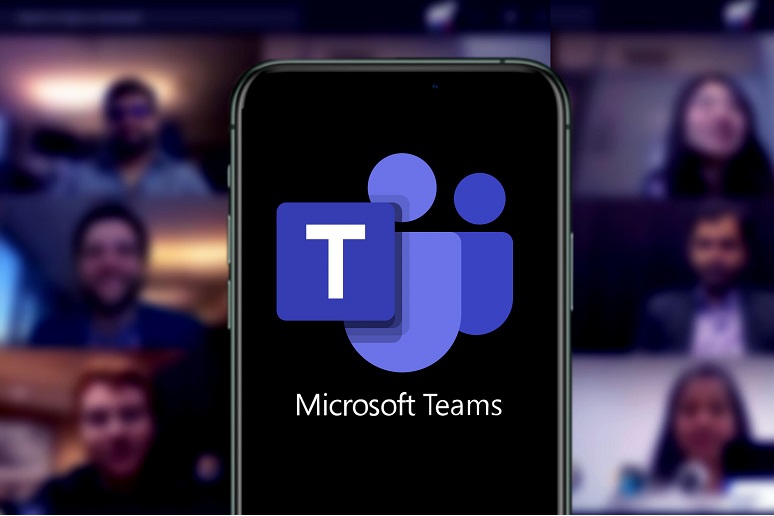Many businesses are now looking at the possibility that a portion of their workforce will be working remote permanently. While some companies have embraced this major shift, others are trying to embrace
a hybrid work model for its workforce; one with effective collaboration at the core of this new reality.
Looking at the options, a host of collaboration solutions are available today, including Zoom, Cisco Webex, Slack, Google Meet, and Microsoft Teams. Many enterprises are relying on Teams to enable collaboration within their organization and are seeing the strategic benefit of the platform, regardless of if Teams is the best solution on the market.
Teams has seen steady growth in active users – growing from 250 to 270 million monthly active users in the last six months of 2021. If Teams is not necessarily the best solution, why has adoption been growing so steadily?
This growth is the result of four trends, several which are related to hybrid work, and include:
- Organizations are consolidating platforms within a single cloud provider and investing in knowledge internally in that platform. I outlined this trend in an article on trends to watch for 2022.
- Many organizations are already paying for Teams as part of their Office 365 subscription.
- Teams is well integrated into the other Microsoft 365 (M365) tools for improving management, security, and functionality.
- Teams has become well integrated into many other tools that enhance collaboration, enable document management, and support project management, and it has been embedded in workflows. For more insight on the Teams user experience, read my previous article on the topic here.
Microsoft Teams Becomes a Strategic IT Asset
These four trends are driving adoption, and Teams has become a strategic platform for many enterprises. At the same time, organizations are also stepping back as they look to support a distributed workforce for the longer-term, looking for technology management capabilities and collaboration effectiveness.
Ease of use has been at the forefront of enabling the distributed workforce model. Organizations are focusing on managing their applications/tools and training staff to use the tools more effectively. The shift to Teams has enabled hybrid work for many enterprises, as Teams provides a central tool to integrate a wide range of collaboration and workflow applications, including documents, video, voice, screen sharing, and application integration/workflow. Teams is also a growing marketplace for integrated applications, ranging from built-in, first-party extensions, third-party extensions, to custom (low-code) extensions. This simplified application integration improves the daily routine for users and allows IT teams to enhance their capabilities to align collaboration and workflow with business processes.
Cost containment and optimization are a significant part of the longer-term adoption of the distributed workforce. At the start of the COVID pandemic, investments were made to enable work-from-anywhere. Bringing costs back in line with traditional budgets has been a key factor in 2022. A potential cost optimization opportunity is to incorporate voice features into Teams. This is not an obvious cost savings, as the monthly costs are similar to other cloud voice providers. However, the simplification of the management of the corporate voice service can save time and operational costs. Taking advantage of the M365 enterprise suite can standardize tools and reduce overall costs.
Security operations have become a driver for many of these efficiencies. Teams with the associated M365 enterprise suite can simplify security for IT management and the end-user with device management, AI security capabilities, workflow automation, zero trust, application provisioning, and single sign-on. The management, security, and integration functionality of the M365 suite, including Teams, can improve the employee experience and reduce security risks.
Businesses will have to face the ongoing challenge of enabling an effective distributed hybrid workforce. By embracing the Teams ecosystem as a core component of this hybrid work strategy, enterprises can improve the user experience and overall effectiveness of the workforce.
Scott is writing on behalf of the SCTC, a premier professional organization for independent consultants. Our consultant members are leaders in the industry, able to provide best of breed professional services in a wide array of technologies. Every consultant member commits annually to a strict Code of Ethics, ensuring they work for the client benefit only and do not receive financial compensation from vendors and service providers.











